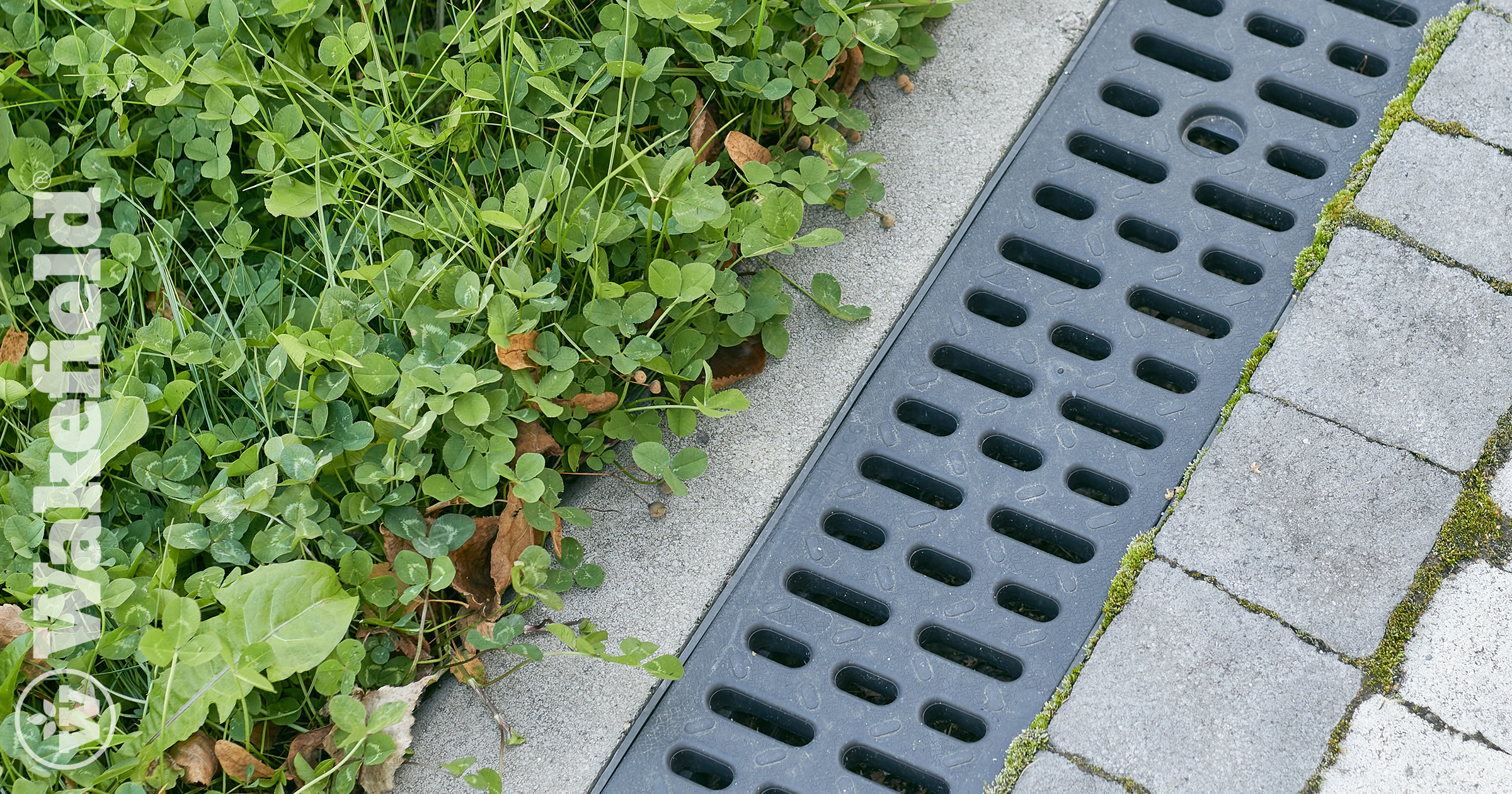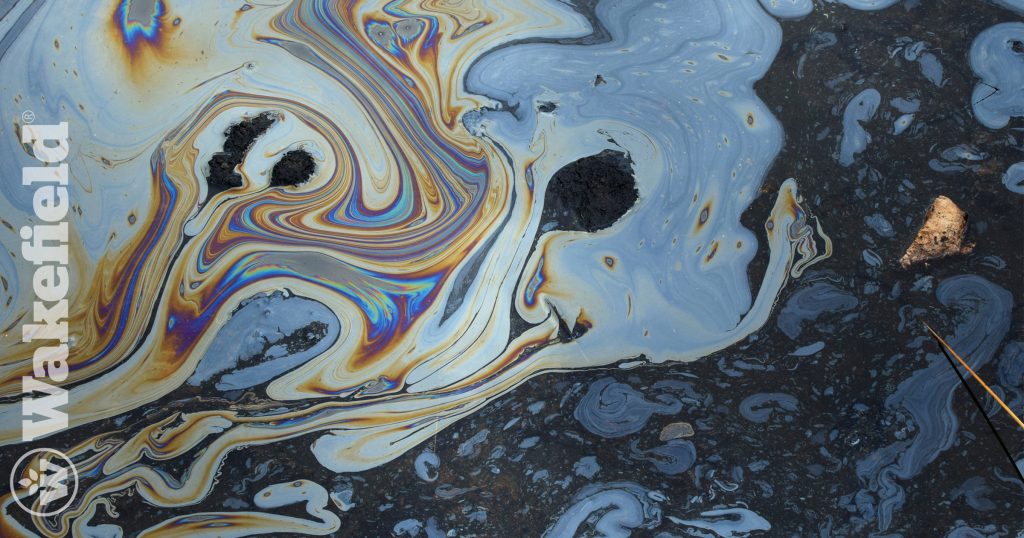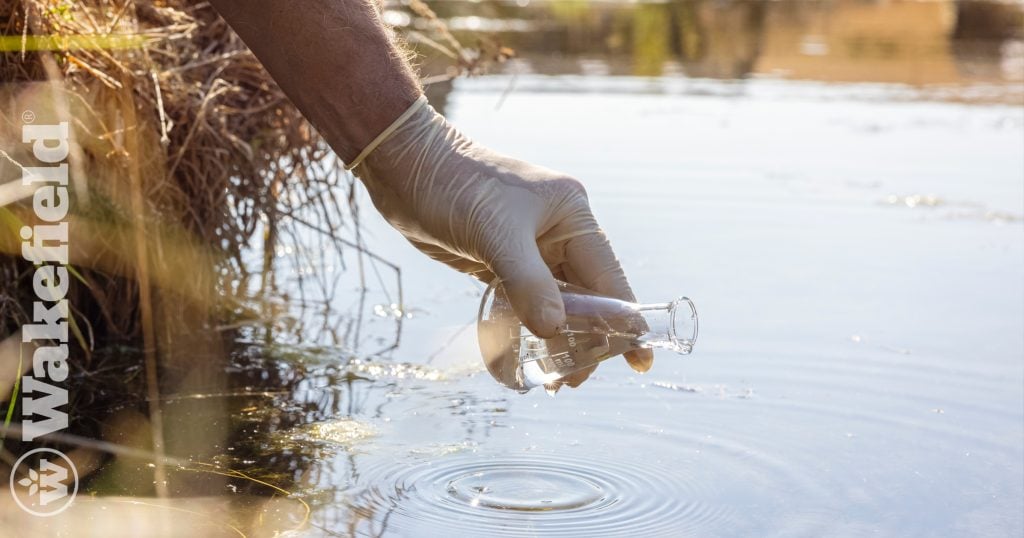Using Biochar To Remove E Coli From Stormwater

[wf-scholarly-article title=”Efficacy of biochar to remove Escherichia coli from stormwater under steady and intermittent flow” authors=”Mohanty SK, Cantrell KB, Nelson KL, Boehm AB” publication=”Water Res” year=”2014″ doi=”10.1016/j.watres.2014.05.026″ url=”https://pubmed.ncbi.nlm.nih.gov/24952272/”]
As cities grow, more impervious surfaces lead to increased stormwater runoff, causing flooding and pollution. Traditional biofilters used to manage stormwater often fail to remove harmful bacteria effectively. This study explores how adding biochar to these systems can improve bacterial removal and reduce pollution, showing promise for safer urban water management.
Preparation and Setup
Researchers cleaned coarse Ottawa sand with acid and water until it was neutral. They used three types of biochar: one from Sonoma Compost Company and two made in the lab at 350°C (LT biochar) and 700°C (HT biochar). Both the sand and biochar were dried, sterilized, and stored safely. They created synthetic stormwater with chemicals and added E. coli bacteria to it. The sand and biochar were packed into glass columns to test how well they could remove bacteria.
Experiments and Measurements
The experiments had two parts: attachment and mobilization. In the attachment phase, stormwater with E. coli was pumped through the columns to see how many bacteria stuck to the media. In the mobilization phase, the columns were paused, drained, and flushed again to check if the bacteria were released. Researchers used short (0.5-hour) and long (21-hour) pauses to see if pause length made a difference. They collected samples, measured the bacteria, and analyzed the data to find out how well the biochar and sand mixtures worked at removing and holding the E. coli.
How Well Biochar Removes E. coli
The study showed that biochar is effective at removing E. coli bacteria from stormwater. Researchers tested three types of biochar: Sonoma, LT, and HT. Sonoma biochar had the largest surface area, while HT biochar had the most fixed carbon. All biochars performed better than sand in removing E. coli, with LT biochar working the best. Even when natural organic matter (NOM) was present, biochar still removed more bacteria than sand. This shows biochar’s potential for cleaning stormwater effectively.
How Well Biochar Holds Onto E. coli
The study also looked at how well biochar held onto E. coli during breaks in water flow. Biochar columns released much fewer bacteria than sand columns during these breaks. Short breaks (0.5 hours) made sand columns release about 19% of E. coli, but biochar columns only released 1-3%. Longer breaks (21 hours) increased bacteria release from sand with NOM, but biochar still held most bacteria. This shows biochar can retain bacteria even during breaks, making it better than sand. The study also found that E. coli can grow in stormwater for up to four days, especially with NOM present, highlighting the need to manage NOM in stormwater.
Concluding Thoughts
Overall, this study found that adding biochar to sand helps trap E. coli bacteria much better than sand alone. During breaks in water flow, biochar columns released significantly fewer bacteria compared to sand columns. Short pauses in water flow caused sand columns to release more E. coli, but biochar columns retained most of the bacteria. This means that biochar can help keep bacteria trapped even during heavy rains and intermittent flows. The special properties of biochar, such as its large surface area and ability to hold water, make it more effective at trapping and holding onto bacteria than sand.
Biochar not only traps and holds onto more E. coli but also slows down the bacteria’s growth, making it very effective for cleaning stormwater. The study found that biochar performs well even in the presence of natural organic matter (NOM), which usually makes it harder to remove bacteria. Using biochar in stormwater filters is both environmentally friendly and cost-effective because biochar can be made from waste materials like wood chips. This makes biochar an excellent choice for improving water quality in cities and protecting the environment. By using biochar, we can create cleaner, safer urban water systems while also reducing waste.







